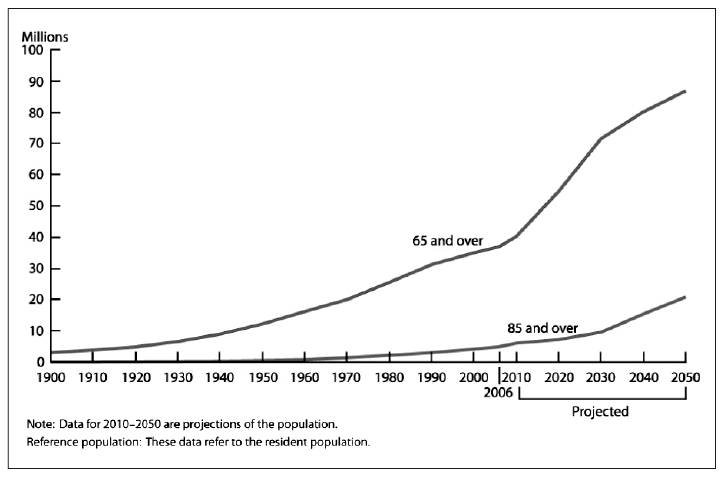At the start of October, the National Hispanic Council on Aging (NHCOA) held a Capitol Hill advocacy day as part of its 2013 NHCOA National Summit. During the advocacy day, groups of seniors met with members of Congressional staff and told them about the lives of Hispanic older adults and the issues they faced in their communities. The staff members and Congressional offices were happy to meet with the older adults and gave them a warm welcome. Overall, everyone that took part in the event agreed that it is important to all people to have access to their elected officials.
As the advocacy day continued, walking from office to office in Capitol Hill became difficult for the seniors. While the people we met with were accessible, the places themselves were not. Many of the seniors taking part in the advocacy struggled with physical limitations to their mobility, and the distances between Congressional offices posed a challenge. As the population of older adults increases as a percentage of the population, the places where we live and work will have to adapt.

Older woman with a walker unable to access stairs from the Equal Rights Center’s “Visitability” Quiz

Chart developed by the National Academy of Engineering based on U.S. Census Bureau, Decennial Census, Population Estimates and projections.
Large cities and rural communities both face challenges. In Miami, residents of a senior housing facility struggled to access food when the store closest to them briefly closed. In rural Texas, Hispanic older adults need family or local transportation services to drive them to their health care providers. When familiar places, like grocery stores or doctors’ offices, become difficult to access, older adults, particularly diverse older adults, can face challenges.
Mobility impairments can result from many of the natural results of aging including loss of vision, loss of hearing, reduced muscle strength, reduced flexibility, changes in reaction time and changes in cognitive skills. In New York City, the 65 and older population is expected to increase 44% between the year 2000 and 2030. To help address the needs of this aging population, the NYC Department of City Planning issued a mobility initiatives study that examined innovative solutions to transportation, mobility and accessibility from around the world.
The challenges older adults face navigating and interacting with communities has implications beyond health and hunger. Urban planners, policy makers, law enforcement, health care providers, and aging services specialists will all be challenged by the ability of older adults to navigate their communities. These stakeholders, along with older adults themselves, will have to provide input on effective reforms. These could be as simple as adding more benches on sidewalks or as complex as adding new bus routes or overhauling the public transit network of a city. Overall, the design of homes, cities, and modes of transportation will all have to adapt to the aging of the country.
Jason Coates is the Public Policy Associate at the National Hispanic Council on Aging (NHCOA). The opinions expressed in this article are those of the author and do not necessarily reflect those of the Diverse Elders Coalition.

